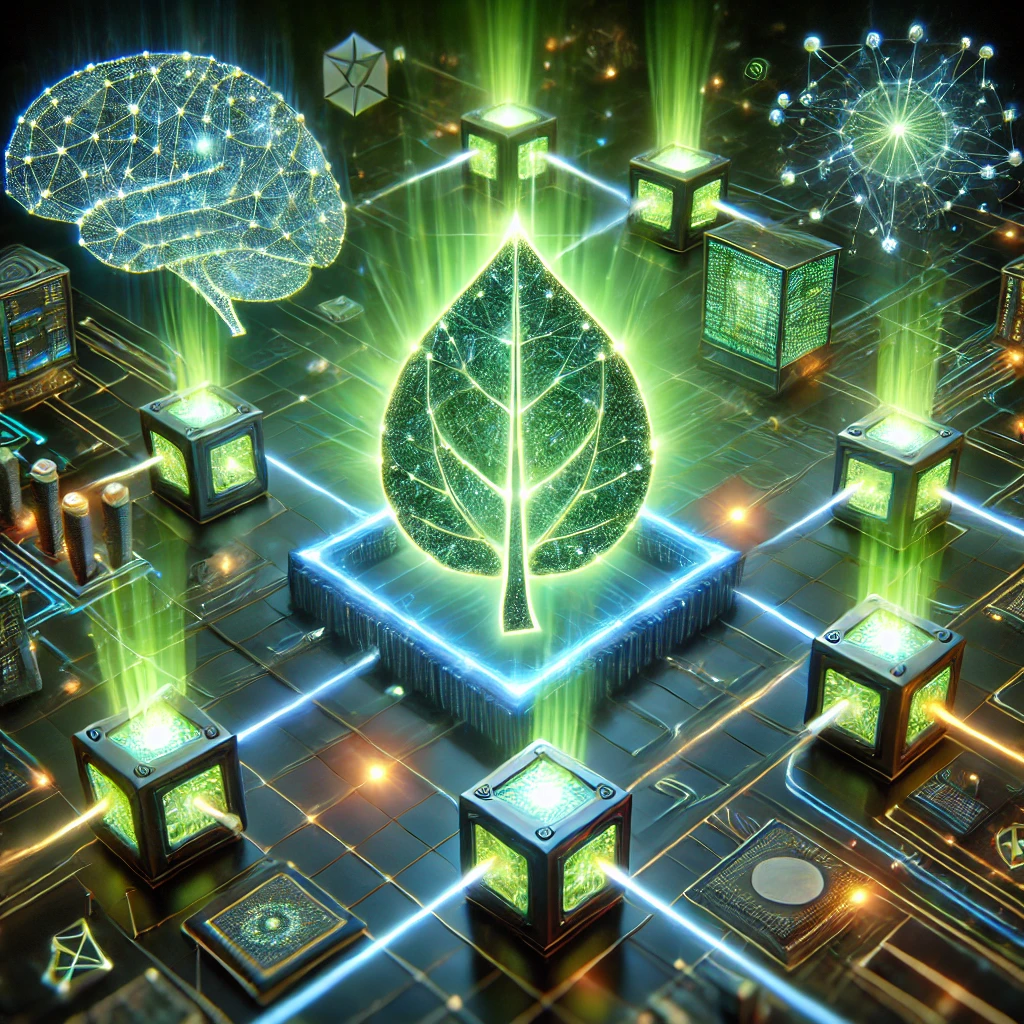English language
Toggle Transcript
flavonoid::noun | Spocien Dictionary
| Type | Words |
|---|---|
| Type of | phytochemical, pigment |
Examples of flavonoid
flavonoid
Maher initially identified fisetin as a neuroprotective flavonoid ten years ago.
From the sciencedaily.com
The low-flavonoid group took, on average, about 104 seconds to do the same thing.
From the huffingtonpost.com
Chocolate with 70 percent or more cacao seems to pack the biggest flavonoid punch.
From the washingtonpost.com
The humble cacao bean contains a number of chemicals in the flavonoid family.
From the buffalonews.com
Apples and pears are high in dietary fiber and a flavonoid called quercetin.
From the sciencedaily.com
This is plausible because of the flavonoid molecules contained in chocolate.
From the nzherald.co.nz
Flavonoid research results are exciting but mixed, and there is still a lot to learn.
From the dailyherald.com
Xanthohumol is a flavonoid, a group found in many plants, fruits, vegetables and spices.
From the usatoday.com
Studies don't lend any support to a need for additional flavonoid supplemention, however.
From the dailyherald.com
- Any of a large class of plant pigments having a chemical structure based on or similar to flavone
- Flavonoids (or bioflavonoids), also collectively known as Vitamin P and citrin , are a class of plant secondary metabolites. ...
- (bioflavonoids): Flavonoids are a class of water-soluble pigments that are found in many plants. A few thousand different flavonoids have so far been identified. ...
- (Flavonoids) are the largest and most studied sub-group of polyphenols and represent the vast majority of the polyphenols found in both the Niagara and Concord grapes. There are thousands of different flavonoids in fruits, vegetables and certain plant-derived beverages (i.e. teas and juices). ...
- Flavonoids are phyto-chemicals that enhance the effects of vitamin C. There are over 1,500 flavonoids, including flavones (found in chamomile), flavonols (found in grapefruit, buckwheat, and ginkgo), and flavanones (found in citrus and milk thistle). ...
- (FLAVONOIDS) Plant pigments that have a variety of effects on human physiology. Some of these pigments have anti-inflammatory, anti-carcinogenic, and antioxidant effects, for example.
- (Flavonoids) A group of compounds widely distributed in plants which have a characteristic molecular structure. They have been found to have many beneficial activities, such as anti-inflammatory and anti-carcinogenic properties.
- (Flavonoids) A type of plant-derived antioxidant, believed to help lower the risk of heart disease.
- (Flavonoids) As Bioflavonoids such as Quercetin, Rutin, and Hesperidin. They are vital in their ability to increase the strength of the capillaries (blood vessels) and to regulate permeability.
